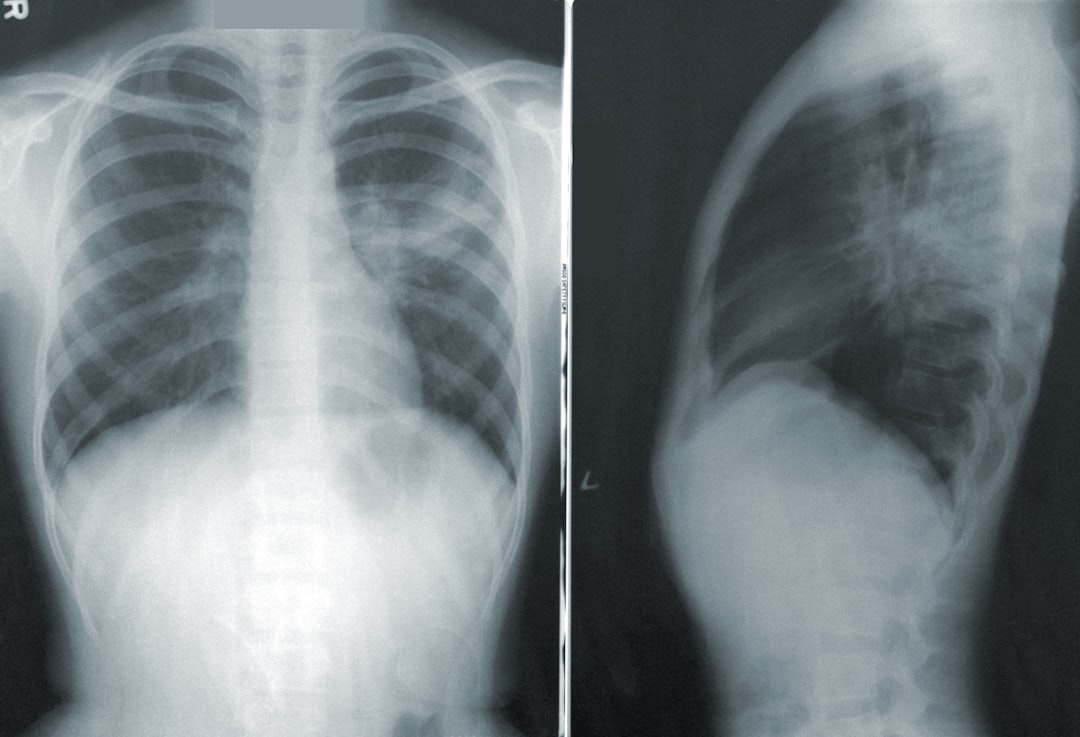What is it about?
Longitudinal stent elongation is observed in perctaneous coronary intervention procedure, especially in post balloon dilatation following stenting. Risks and mecanisms about longitudinal stent elongation are not well elucidated. Then, we focused on the stent malapposition thought to be a factor of longitudinal stent elongation caused by post-balloon dilatation, and we also exmanined the effectiveness of proximal optimization technique (POT).
Featured Image
Why is it important?
In this article, we found that malapposition of the stent edge is responsible for longitudinal stent elongation caused by post‐dilatation, and that POT appeared to effectively prevent longitudinal stent elongation. Thus, these finding are important for interventionists who treat coronary disease including complex coronary lesions.
Perspectives
Writing this article was a great pleasure as it has co-authors with whom I have had long standing collaborations. This article also lead to coronary interventionists, who discuss complex lesions, contacting me and ultimately to a greater involvement in coronary intervention research.
Dr. Yuji Matsuda
Tokyo Ika Shika Daigaku
Read the Original
This page is a summary of: Effectiveness of the proximal optimization technique for longitudinal stent elongation caused by post-balloon dilatation, Journal of Interventional Cardiology, July 2018, Wiley,
DOI: 10.1111/joic.12543.
You can read the full text:
Contributors
The following have contributed to this page










